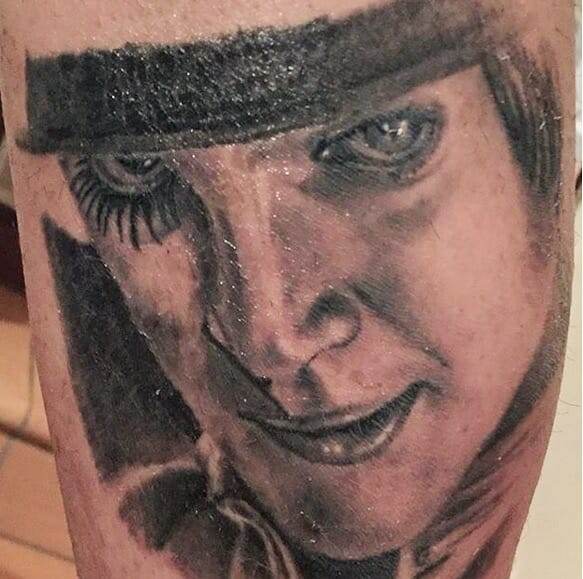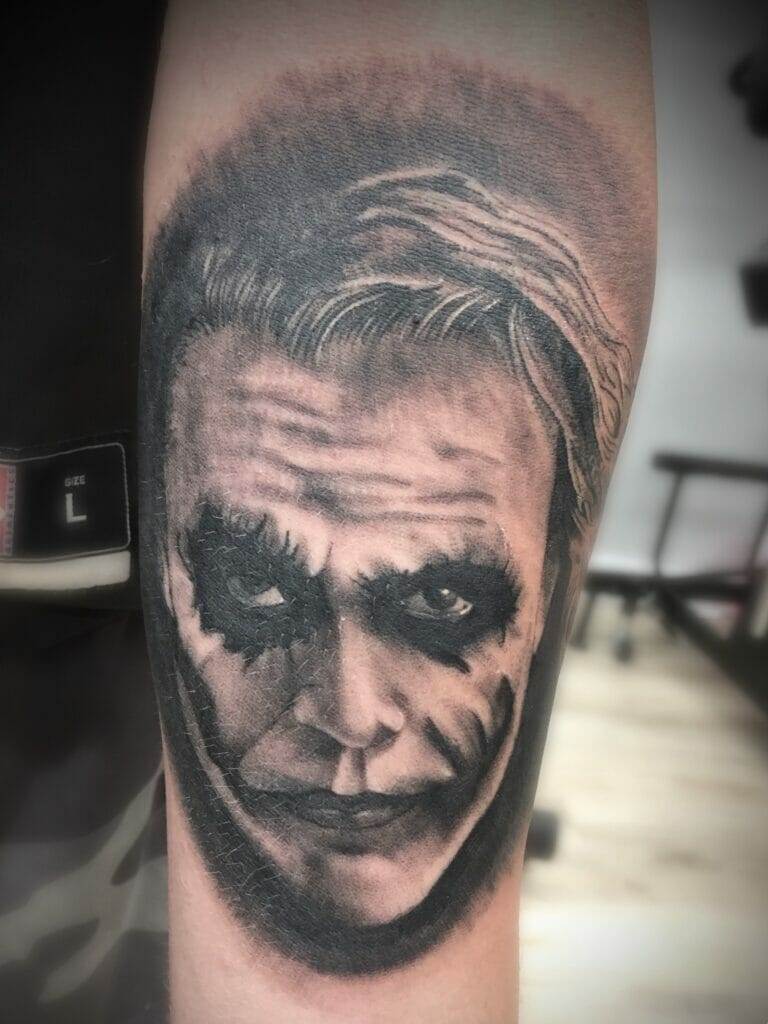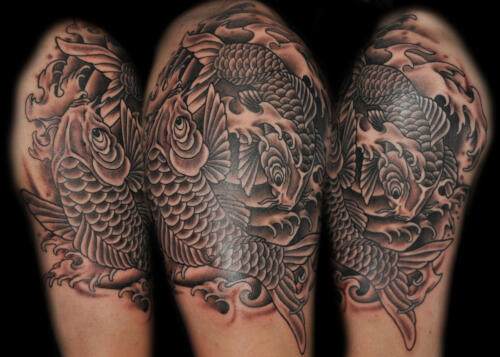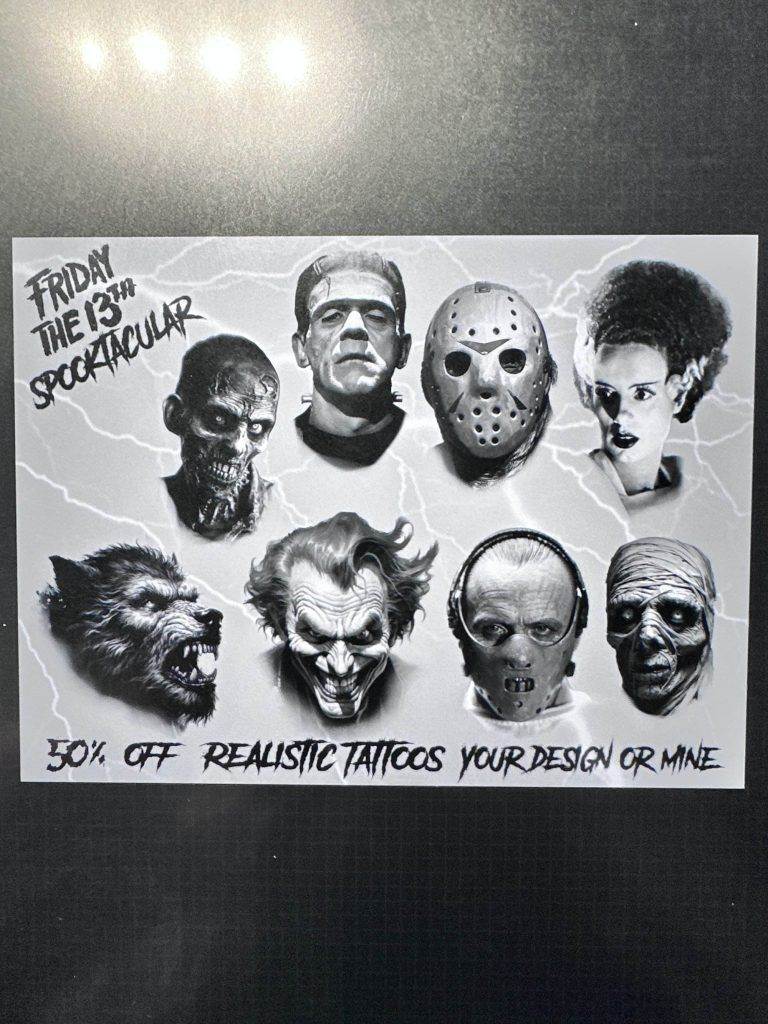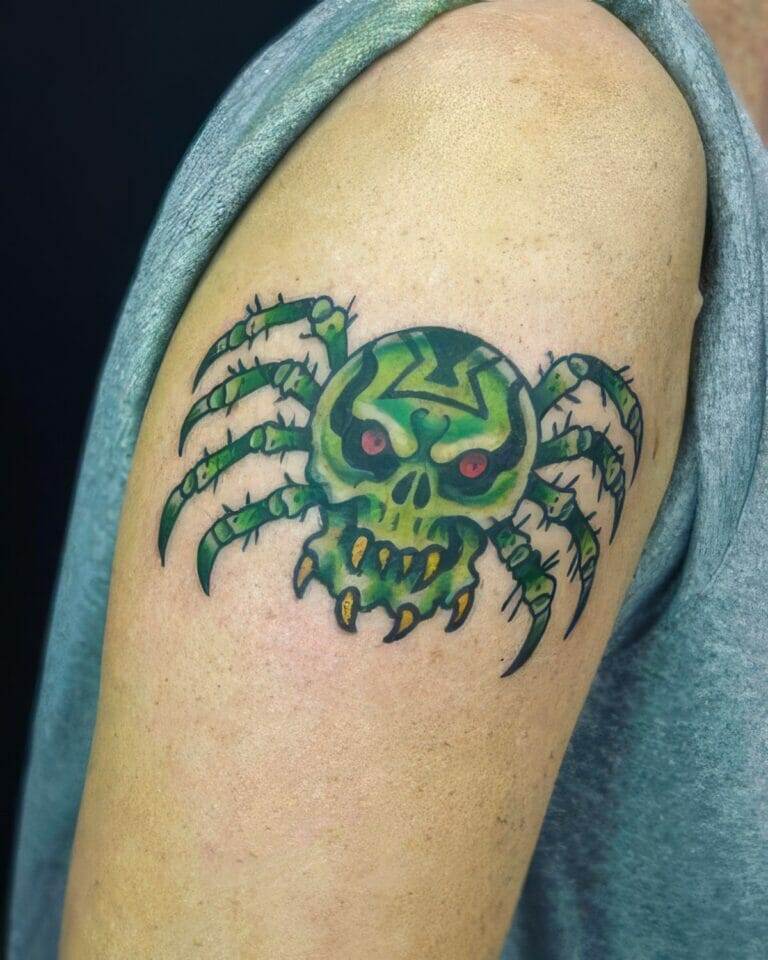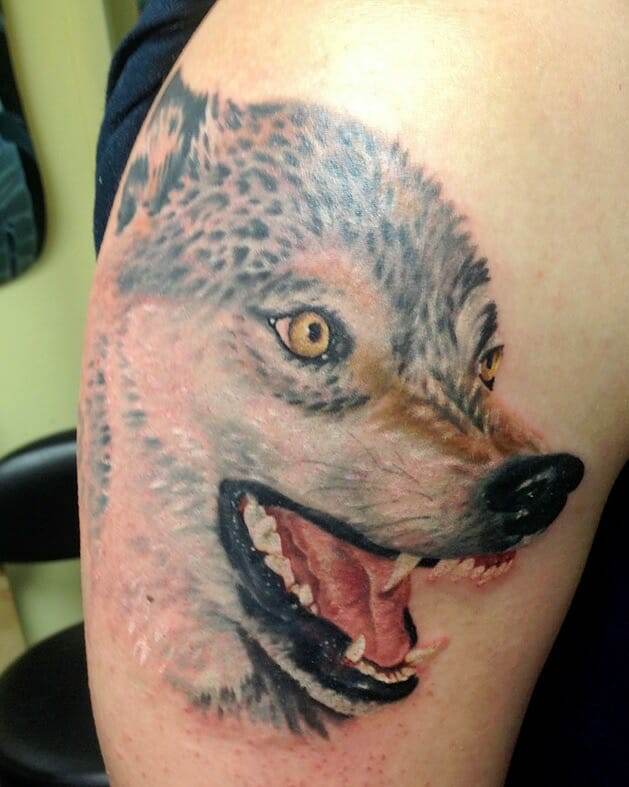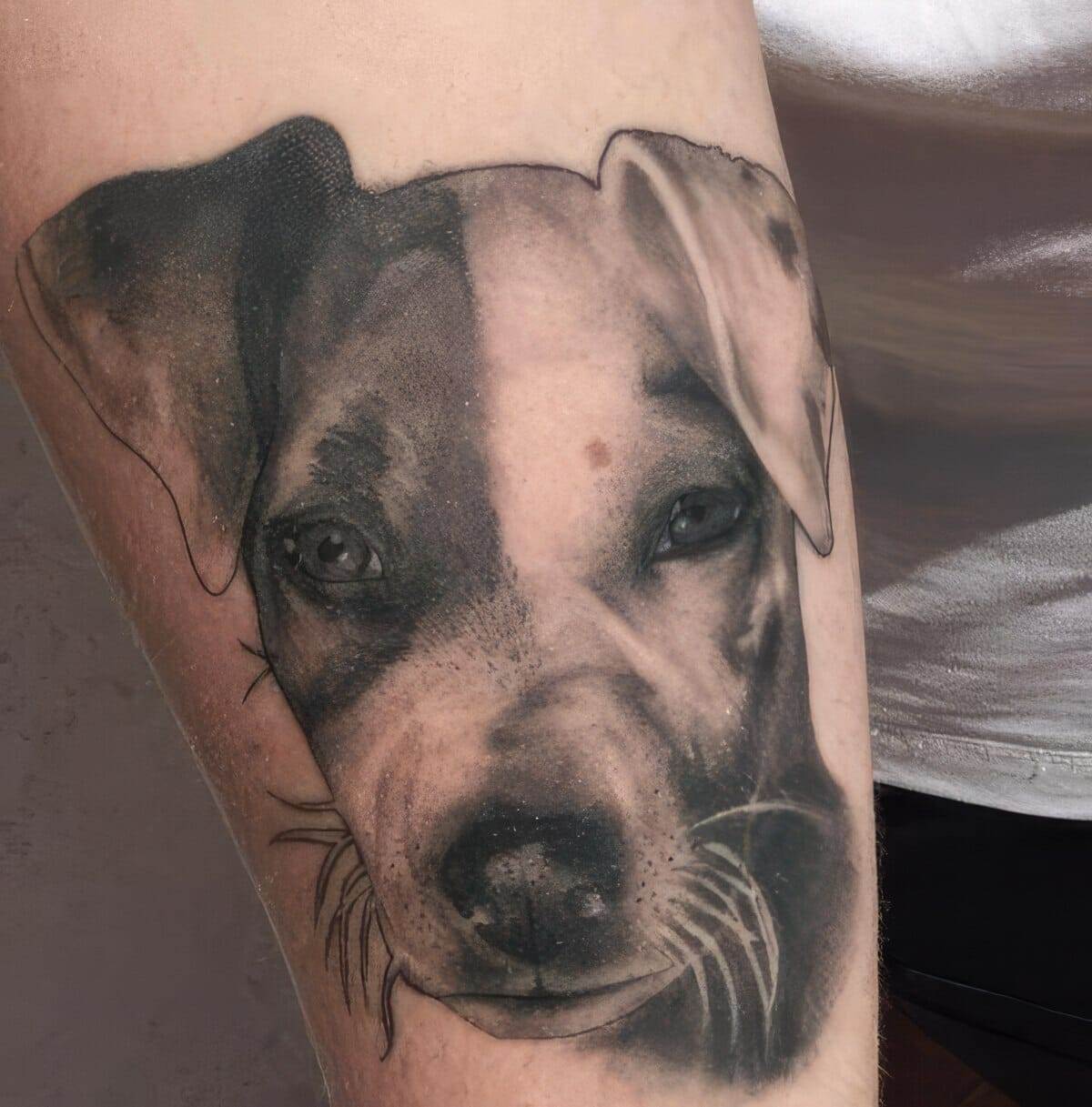
Realistic tattoos, also known as photorealistic tattoos, are a unique form of art that aims to create lifelike images on the skin. Unlike traditional tattoos that focus on bold lines and vibrant colors, realistic tattoos strive to replicate the appearance of real objects, people, or scenes. This style of tattooing requires immense skill and attention to detail, as the artist must be able to capture every nuance and texture in their work.
The history of realistic tattoos can be traced back to the early days of tattooing. In the past, tattoos were primarily done using simple techniques and limited color palettes. However, as tattooing evolved as an art form, artists began experimenting with different styles and techniques. Realistic tattoos emerged as a way for artists to showcase their talent and push the boundaries of what was possible in tattooing.

The Evolution of Realistic Tattoos: From Traditional to Modern Art
In the early days of realistic tattoos, artists relied on their skills in shading and line work to create the illusion of depth and realism. These tattoos often featured portraits of loved ones or iconic figures, such as celebrities or historical figures. The limited color palette and techniques available at the time meant that these tattoos were not as detailed or lifelike as modern realistic tattoos.
With advancements in technology and tattooing equipment, modern realistic tattoos have reached new heights of realism and detail. Artists now have access to a wide range of colors, shading techniques, and tools that allow them to create intricate designs with incredible precision. This has opened up a whole new world of possibilities for realistic tattoo artists, who can now create stunningly lifelike portraits, landscapes, animals, and more.
Technology has played a significant role in the evolution of realistic tattoos. The advent of digital tools, such as tablets and software, has allowed artists to create detailed sketches and designs before transferring them onto the skin. This has made the process more efficient and precise, as artists can make adjustments and experiment with different elements before committing to a final design. Additionally, advancements in tattooing machines and pigments have made it easier for artists to achieve smooth gradients and realistic textures in their work.
The Artistic Process of Creating Realistic Tattoos: From Concept to Completion
Before getting a realistic tattoo, it is crucial to have a consultation with the artist. During this meeting, the artist will discuss your ideas, preferences, and expectations for the tattoo. They will also assess the feasibility of the design and provide guidance on how to achieve the desired result. Clear communication between the artist and client is essential to ensure that both parties are on the same page and that the final tattoo meets the client’s expectations.
Once the concept has been agreed upon, the artist will begin sketching and designing the tattoo. This process involves creating a detailed drawing of the design, taking into account factors such as composition, placement, and size. The artist may also use digital tools to refine the design and experiment with different elements. This stage is crucial as it allows both the artist and client to visualize the final tattoo before it is permanently inked onto the skin.
Once the design has been finalized, the tattooing process can begin. The artist will prepare the skin by cleaning and shaving the area where the tattoo will be placed. They will then transfer the design onto the skin using a stencil or freehand technique. The actual tattooing process involves using a tattoo machine to inject ink into the skin’s dermis layer. The artist will carefully follow the lines and shading in the design, building up layers of color and texture to create a realistic effect. This process can take several hours or even multiple sessions, depending on the size and complexity of the tattoo.
Once the tattoo is complete, the artist will clean and bandage the area to protect it from infection. They will also provide aftercare instructions to ensure proper healing. The final result of a realistic tattoo is a stunning piece of art that appears as if it is part of the skin itself. The level of detail and realism achieved in these tattoos is truly remarkable and showcases the immense talent and skill of the artist.
The Role of Skin Tone and Texture in Realistic Tattoos
Skin tone and texture play a significant role in how a realistic tattoo will appear. The color and shading used in the tattoo must be carefully chosen to complement the natural tones and textures of the skin. Lighter skin tones may require more vibrant colors, while darker skin tones may benefit from deeper shades and contrast. The artist must also consider the texture of the skin, as certain textures may affect how the ink is absorbed and how the tattoo will heal.
Choosing the right colors and shading is crucial in creating a realistic tattoo. The artist must consider factors such as lighting, shadows, and highlights to create depth and dimension in their work. They must also take into account how the colors will interact with the skin tone to ensure that the tattoo appears as realistic as possible. This requires a keen eye for color theory and an understanding of how different pigments will behave on different skin types.
The Significance of Realistic Tattoos in Self-Expression and Identity
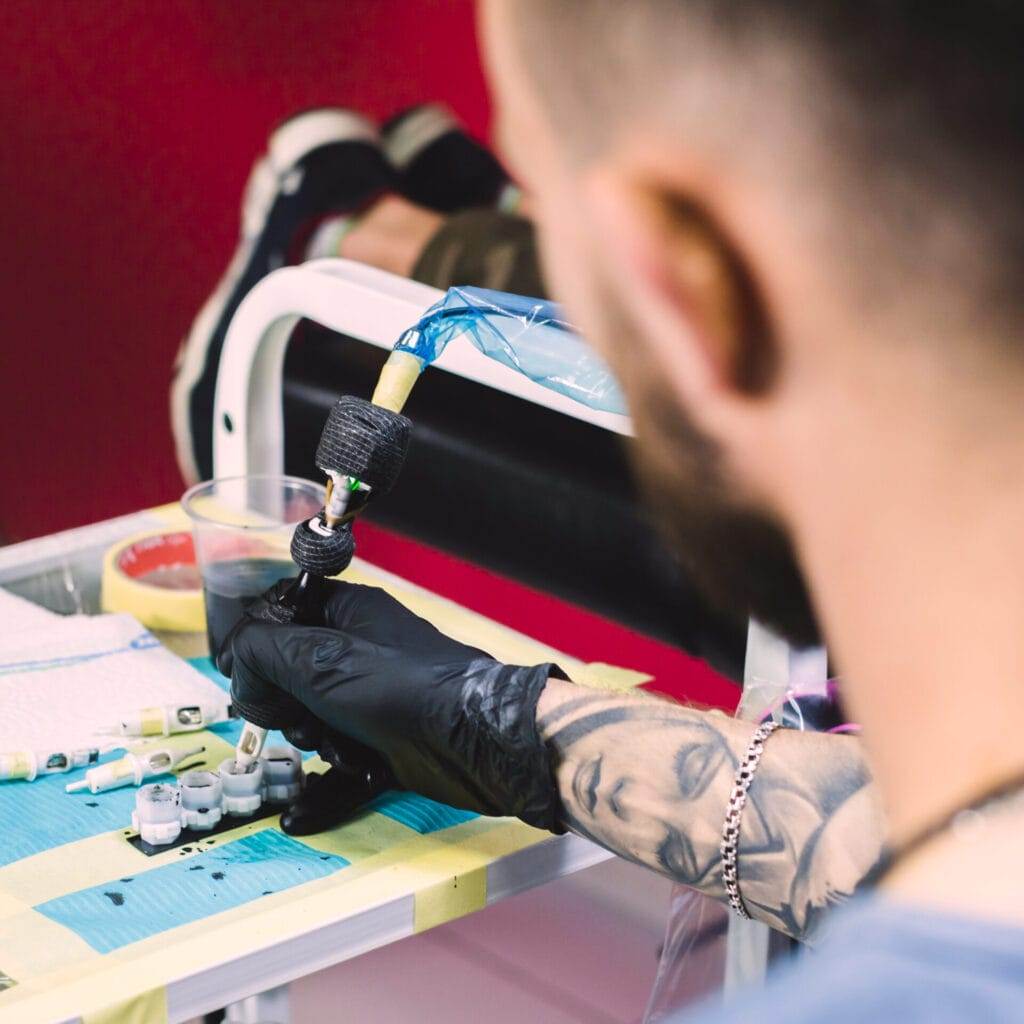
Realistic tattoos can be deeply personal and meaningful, as they allow individuals to express their identity and personality through art. Whether it’s a portrait of a loved one, a symbol that holds personal significance, or a scene that represents a particular passion or interest, realistic tattoos can serve as powerful symbols of self-expression. These tattoos become a part of one’s identity, allowing them to carry their values, beliefs, and memories with them wherever they go.
Realistic tattoos often hold emotional significance for those who choose to get them. They can serve as reminders of loved ones who have passed away, milestones achieved, or personal struggles overcome. These tattoos can provide comfort, strength, and a sense of connection to something greater than oneself. The process of getting a realistic tattoo can also be a cathartic and transformative experience, allowing individuals to reclaim their bodies and express their true selves.
The Growing Popularity of Realistic Tattoos in the Tattoo Industry
Realistic tattoos have seen a surge in popularity in recent years, with more and more people opting for this style of tattooing. This can be attributed to several factors, including advancements in technology and tattooing techniques, increased exposure through social media, and a growing appreciation for the artistry and skill involved in creating realistic tattoos. As people become more aware of the possibilities and potential of realistic tattoos, they are drawn to this style as a way to showcase their individuality and stand out from the crowd.
Social media platforms such as Instagram have played a significant role in popularizing realistic tattoos. Artists can now showcase their work to a global audience, allowing them to gain recognition and attract clients from all over the world. Social media has also made it easier for individuals to discover and connect with talented artists, making the process of finding the right artist for a realistic tattoo more accessible than ever before.
The Impact of Realistic Tattoos on Society and Culture
Realistic tattoos have had a profound impact on society and culture, challenging traditional notions of what is considered art and pushing the boundaries of self-expression. These tattoos have helped to break down stereotypes surrounding tattooed individuals, showing that tattoos can be beautiful, meaningful, and sophisticated works of art. Realistic tattoos have also become more accepted in professional settings, with many workplaces relaxing their policies on visible tattoos.
In the past, tattoos were often associated with rebellion, criminality, or subcultures. However, as realistic tattoos have gained popularity and mainstream acceptance, the perception of tattoos in society has shifted. Tattoos are now seen as a form of self-expression and personal style, with many individuals choosing to get tattoos as a way to commemorate important events, express their passions, or simply enhance their appearance. This changing perception has led to a greater appreciation for tattoos as an art form and has opened up new opportunities for tattoo artists.
The Challenges and Risks of Getting Realistic Tattoos
While getting a realistic tattoo can be a rewarding experience, it is important to be aware of the potential risks and complications involved. These can include allergic reactions to tattoo ink, infections, scarring, and improper healing. It is crucial to choose a reputable and experienced artist who follows strict hygiene practices to minimize the risk of complications.
Proper aftercare and maintenance are essential for ensuring that a realistic tattoo heals properly and retains its vibrancy over time. This includes keeping the tattoo clean and moisturized, avoiding exposure to direct sunlight or harsh chemicals, and following any specific instructions provided by the artist. Regular touch-ups may also be necessary to maintain the integrity of the tattoo and keep it looking its best.
The Maintenance and Care of Realistic Tattoos: Tips and Tricks
To keep a realistic tattoo looking its best, it is important to follow a few simple tips and tricks. These include keeping the tattoo clean by gently washing it with mild soap and water, avoiding excessive exposure to water or moisture, moisturizing the tattoo regularly with a fragrance-free lotion or ointment, and avoiding picking or scratching at the tattoo as it heals.
One of the most important aspects of maintaining a realistic tattoo is protecting it from the sun. UV rays can cause the tattoo to fade and lose its vibrancy over time. It is essential to apply a high SPF sunscreen to the tattoo whenever it will be exposed to the sun, and to seek shade or cover the tattoo with clothing whenever possible. This will help to preserve the colors and details of the tattoo for years to come.
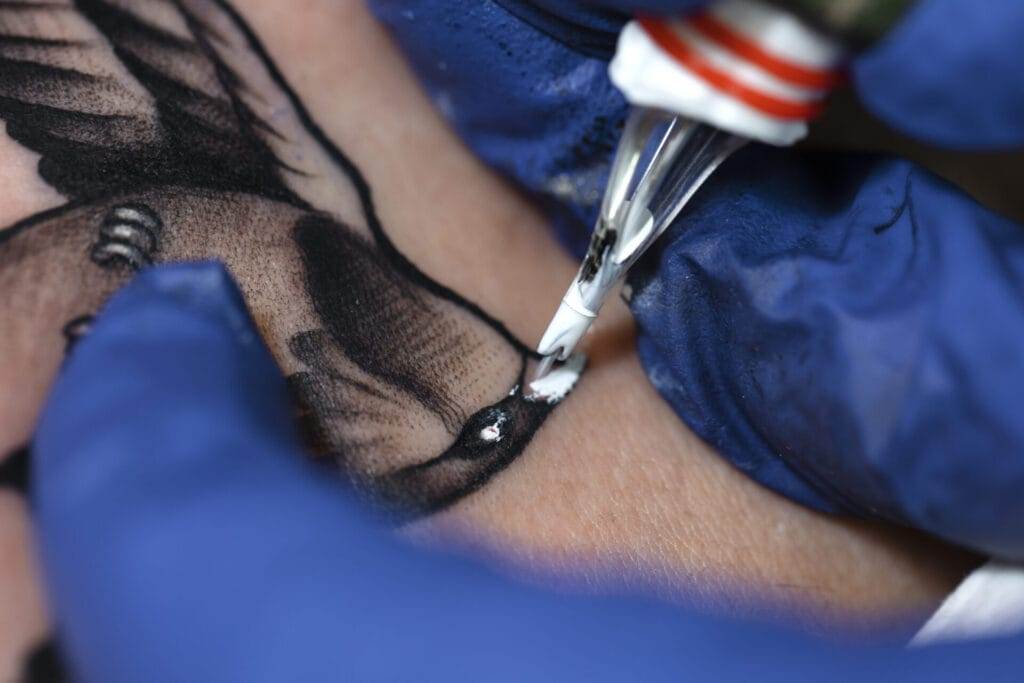
The Enduring Magic of Realistic Tattoos as a Fusion of Art and Skin.
Realistic tattoos have become a powerful form of self-expression, allowing individuals to showcase their identity, passions, and memories through art. The evolution of realistic tattoos from traditional to modern art has been driven by advancements in technology, tattooing techniques, and a growing appreciation for the skill and artistry involved in creating lifelike images on the skin. The popularity of realistic tattoos continues to grow, thanks in part to social media platforms that have made it easier for artists to showcase their work and connect with clients.
Realistic tattoos have had a profound impact on society and culture, challenging traditional notions of what is considered art and pushing the boundaries of self-expression. These tattoos have helped to break down stereotypes surrounding tattooed individuals and have led to a greater acceptance and appreciation for tattoos as a legitimate art form. While getting a realistic tattoo comes with its challenges and risks, proper aftercare and maintenance can help ensure that the tattoo heals properly and retains its vibrancy over time.
In conclusion, realistic tattoos are a unique fusion of art and skin that allows individuals to express themselves in a deeply personal and meaningful way. The level of detail and realism achieved in these tattoos is truly remarkable, showcasing the immense talent and skill of the artists who create them. As the popularity of realistic tattoos continues to grow, it is clear that this style of tattooing has left an indelible mark on both the tattoo industry and society as a whole.

